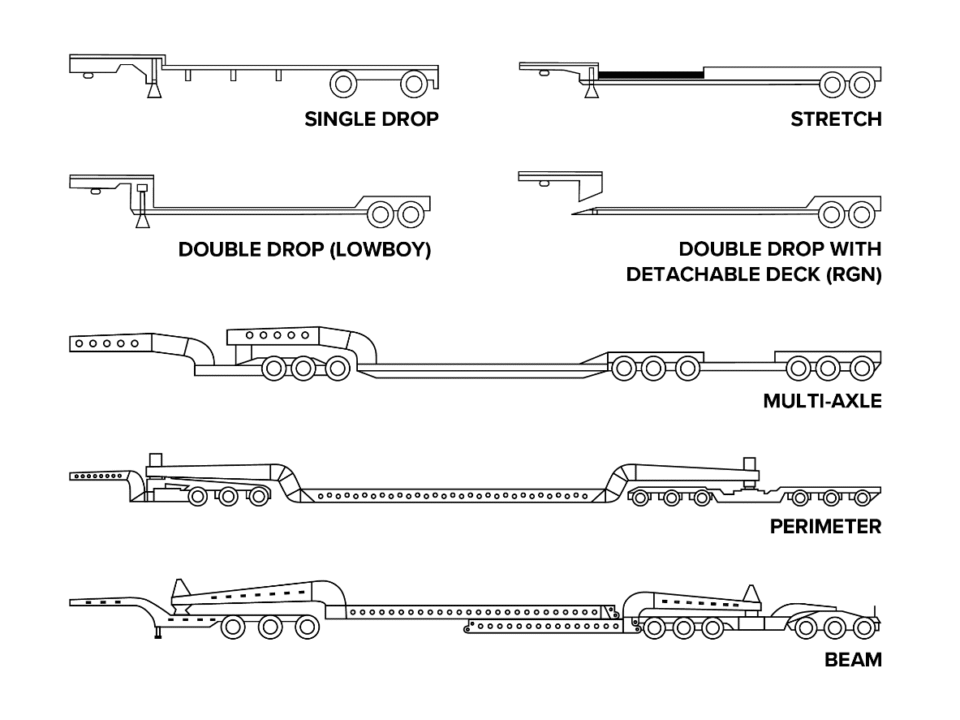
The construction industry heavily relies on cranes for lifting heavy materials and equipment. However, the process of moving a construction crane from one site to another requires careful planning, coordination, and adherence to safety protocols. In this blog, we will provide a comprehensive guide to help you understand the essential steps involved in moving a construction crane safely and efficiently.
Preparing for the Move
Before the actual relocation of a construction crane takes place, it is crucial to undertake thorough preparations to ensure a smooth and successful operation. Here are some key steps to follow:
Conduct a Site Survey:
Evaluate the new site to identify any potential obstacles, overhead power lines, or spatial limitations that may hinder the crane’s movement.
Develop a Rigging Plan:
Determine the most efficient rigging plan that considers the crane’s weight, dimensions, and the terrain of the new site. Ensure the plan complies with local regulations and safety standards.
Obtain Necessary Permits:
Check with local authorities to secure any required permits for transporting an oversized load and comply with traffic regulations.
Coordinating the Move
Moving a construction crane involves effective coordination among multiple stakeholders. Here’s how you can ensure a smooth transition:
Assemble a Competent Team:
Assign a project manager to oversee the relocation process and assemble a skilled team consisting of crane operators, riggers, and signalpersons who are experienced in crane movement.
Communicate with Stakeholders:
Coordinate with the relevant parties, such as transportation companies, utility providers, and local law enforcement, to communicate the crane’s movement plan and ensure a safe passage.
Implement Traffic Control Measures:
When moving a crane on public roads, arrange for appropriate traffic control measures, such as pilot vehicles, flaggers, and signage, to manage traffic flow and ensure the safety of both the crane and other road users.
Rigging and Securing the Crane
Proper rigging and securing of the crane are critical to prevent any damage or accidents during transit. Consider the following steps:
Disassemble and Secure Components:
If necessary, disassemble the crane into smaller components for transportation. Ensure all parts are appropriately secured and labeled to ease reassembly at the new site.
Use Adequate Restraints:
Utilize specialized rigging equipment, such as straps, chains, and clamps, to secure the crane components and prevent shifting or damage during transit.
Protect Sensitive Parts:
Cover delicate components, such as the boom, jib, and hydraulic systems, with protective materials to safeguard them from external elements or potential impacts.
Transporting the Crane
Transporting a construction crane requires specialized equipment and trained personnel. Follow these guidelines:
Choose the Right Carrier:
Select a transportation company with experience in moving oversized loads and the appropriate trailers or trucks to accommodate the crane’s size and weight.
Observe Safety Precautions:
Ensure the crane is loaded onto the carrier securely, utilizing specialized lifting equipment and adhering to safety protocols. Regularly inspect the crane and restraints during transit to identify any issues promptly.
Monitor Weather Conditions:
Check weather forecasts to avoid transporting the crane during unfavorable conditions, such as high winds, heavy rain, or snowstorms, which could compromise the crane’s stability.
Moving a construction crane is a complex task that requires careful planning, coordination, and adherence to safety protocols. By following the steps outlined in this guide, you can ensure the safe and efficient relocation of a construction crane, minimizing the risk of accidents, damage, and delays. Always consult with experienced professionals and comply with local regulations to guarantee a successful crane move.





